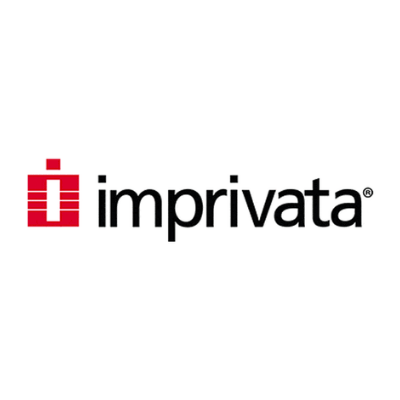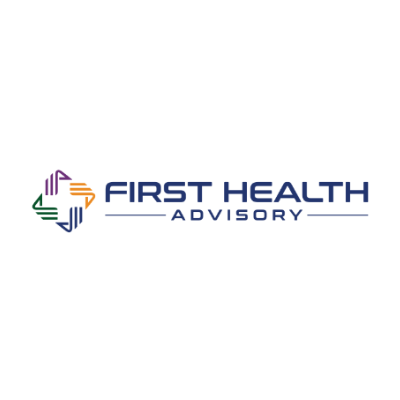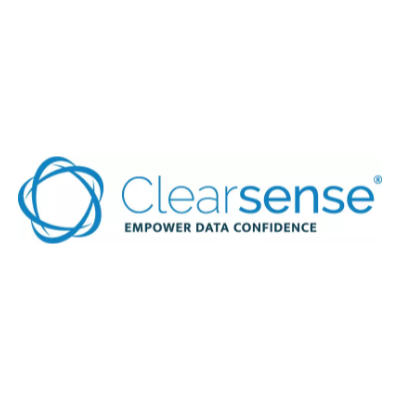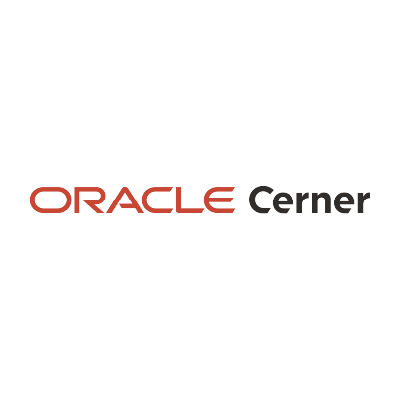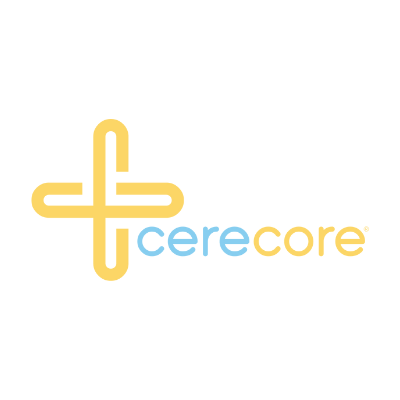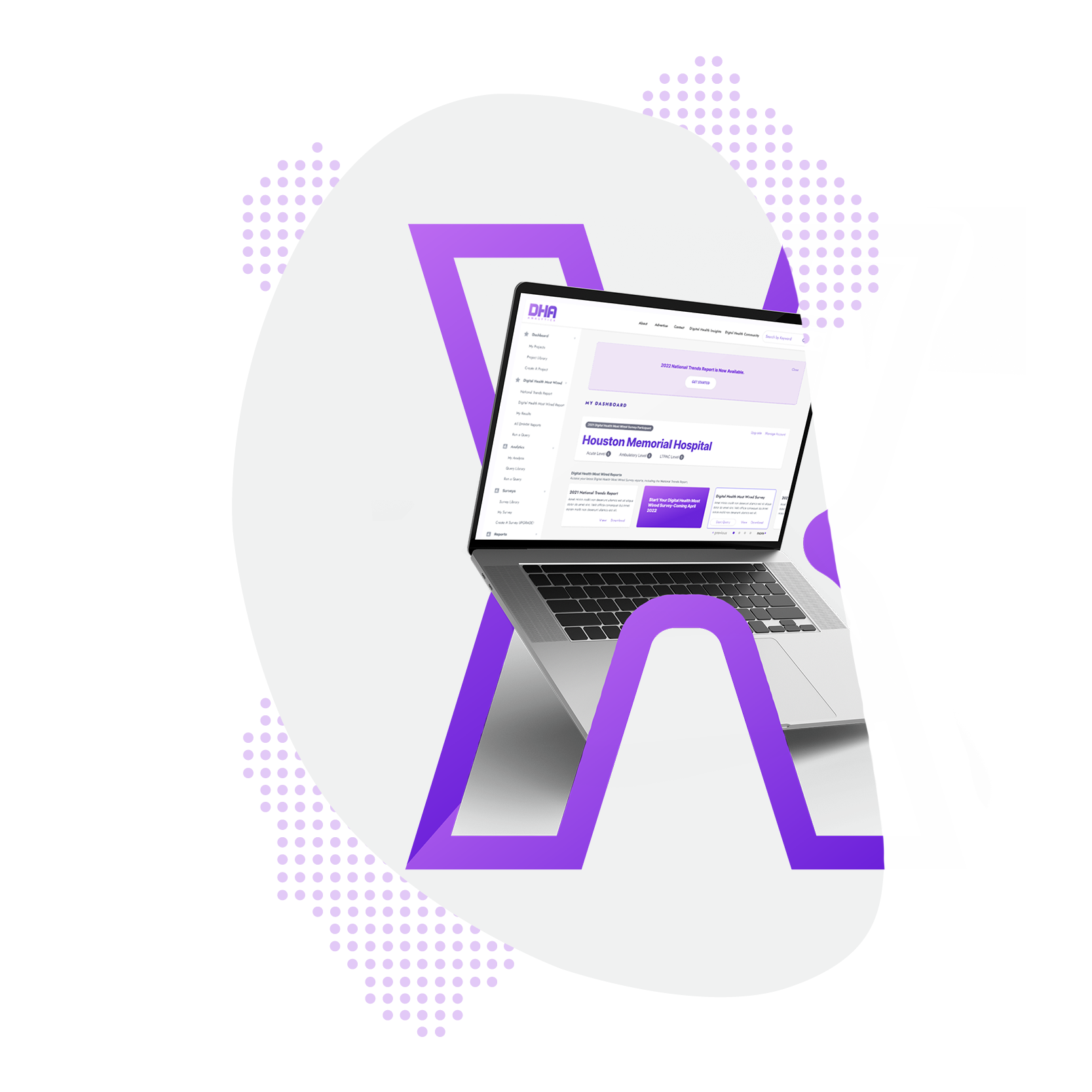
Welcome to the 2022 Digital Health Most Wired Survey
The survey will close on July 1st, 2022
Provider members who have previously participated in the Digital Health Most Wired Survey will receive complimentary access to our Provider Portal through Digital Health Analytics (DHA).
Overview
Digital Health Most Wired Survey (DHMW)
The Digital Health Most Wired survey and recognition program serves as a comprehensive “Digital Health Check-up” for healthcare organizations across the world. As success in digital health increasingly determines the quality of patient care, the scope of the CHIME Digital Health Most Wired survey reflects the progress of leading healthcare providers as they reinvent healthcare for a new century. To help you achieve the best possible survey experience we have created this Resource Page for the 2022 survey year.
How Can We Help You Today?
Navigating The 2022 Digital Health Most Wired Survey
New To The Digital Health Most Wired Survey
Through this platform, you will have the ability to:
- Access your latest Digital Health Most Wired Survey reports, including the National Trends Reports.
- Query the DHMW database across our pre-designed, customizable reports. You are allowed three (3) reports with your account subscriptions.
- Participate in surveys created by your peers and from other industry sources.
- Access digital media content in the form of infographics, webinars, podcasts, case studies, research reports, trend studies, and media supplements concentrated on the designated segments of the Digital Health Most Wired Survey.
Video Library
Provider members who have previously participated in the Digital Health Most Wired Survey receive complimentary access to our Provider portal. Please access the portal here with your organization-specific credentials.
This 2022 Digital Health Most Wired (DHMW) survey year is going to see some exciting enhancements such as:
1. DHMW survey has a new home
- Access the survey through its new home inside Digital Health Analytics (DHA)
2. Elevation of DHMW as a strategic tool
- Expansion opportunities for international audiences
- Increased scope of entities to report on
- One Unified organization - one survey
- Disparate organization - multiple surveys
- LT/PAC survey
3. Enhancement to the survey instrument
- More consistency on question presentation
- New survey questions: Security and Analytics/Data Management segments
- New scored segment: Innovation
- New non-scored segment: Digital Transformation Priorities
Join our Vice President of Digital Health Analytics, Lorren Pettit, for a brief review of changes you can expect to see inside this year's survey process.
1. Survey Evolution & Benefits of Participation
2. Elevation of DHMW as a strategic tool
- Expansion opportunities for international audiences
- Increased scope of entities to report on
- One Unified organization - one survey
- Disparate organization - multiple surveys
- LT/PAC survey
3. Enhancement to the survey instrument
- More consistency on question presentation
- New survey questions: Security and Analytics/Data Management segments
- New scored segment: Innovation
- New non-scored segment: Digital Transformation Priorities
Join our Vice President of Digital Health Analytics, Lorren Pettit, Joanne Galimi, and Joe Tippins from Gartner in this webinar presentation on the 2022 DHMW Survey.
Certification Level Definitions
Levels 9–10: In addition to meeting the criteria for levels 1–8, organizations in levels 9 or 10 are often leaders in healthcare technology who actively push the industry forward. Not only have many of them implemented advanced technologies, but they often leverage these technologies in innovative ways and have encouraged deep adoption across their entire organization. As a result, they are realizing meaningful outcomes, including improved quality of care, improved patient experience, reduced costs, and broader patient access to healthcare services. Some of the advanced technologies used to achieve these outcomes include telehealth solutions, price transparency, cost-analysis tools, access to data at the point of care, and tools to engage patients and their families throughout the care process.
Levels 7–8: Organizations in levels 7 and 8 meet the criteria for being designated as Most Wired. These organizations have deployed technologies and strategies (e.g., population health/cost-of-care analytics, HIEs/integration engines, and patient portals) to help them analyze their data and are starting to achieve meaningful clinical and efficiency outcomes. Some of these organizations are experimenting with more advanced technologies, like telehealth, that expands access to care.
Levels 4–6: Organizations in levels 4–6 have made progress in expanding their core IT infrastructure to support internal strategic initiatives. Often, they have implemented basic technologies to protect patients’ health and financial information (e.g., firewalls, spam/phishing filters, endpoint encryption), but they may lack more advanced technologies that would mediate other vulnerabilities. Many are actively collecting patient data electronically; however, they may not effectively leverage the data they collect and may encounter significant barriers in exchanging patient data with external organizations.
Levels 1–3: Organizations in levels 1–3 are in the early stages of developing their technology infrastructure and may still be transitioning, or may have more recently transitioned, to electronic formats for collecting patient data and performing clinical activities. Some may have deployed technologies that capture data (e.g., EMRs, ERP solutions, revenue cycle management solutions) but may not fully leverage the functionality these technologies offer. Additionally, these organizations may still be working to help end-users adopt the technologies that have been implemented.
In 2019, an improved system was introduced that allows participating organizations to better benchmark their level of adoption and outcomes achieved. These certification levels will help ensure that the Most Wired program continues to be a catalyst for technology adoption that improves patient outcomes and engagement. Every participating organization will be certified at a level that represents their respective achievements. Levels are based solely on an organization's raw score without consideration for how this score compares to the scores of other participants.
